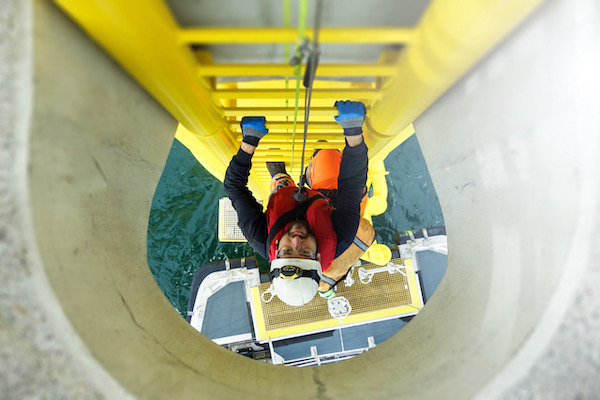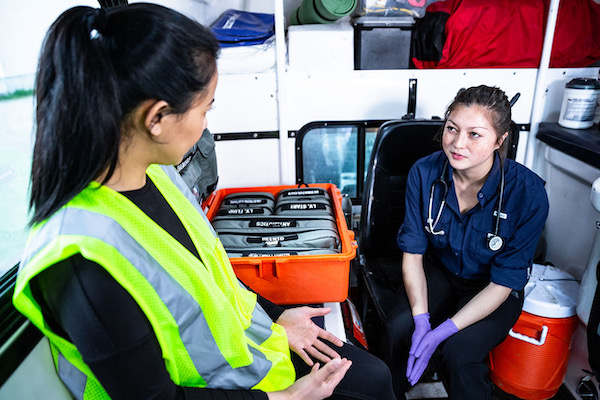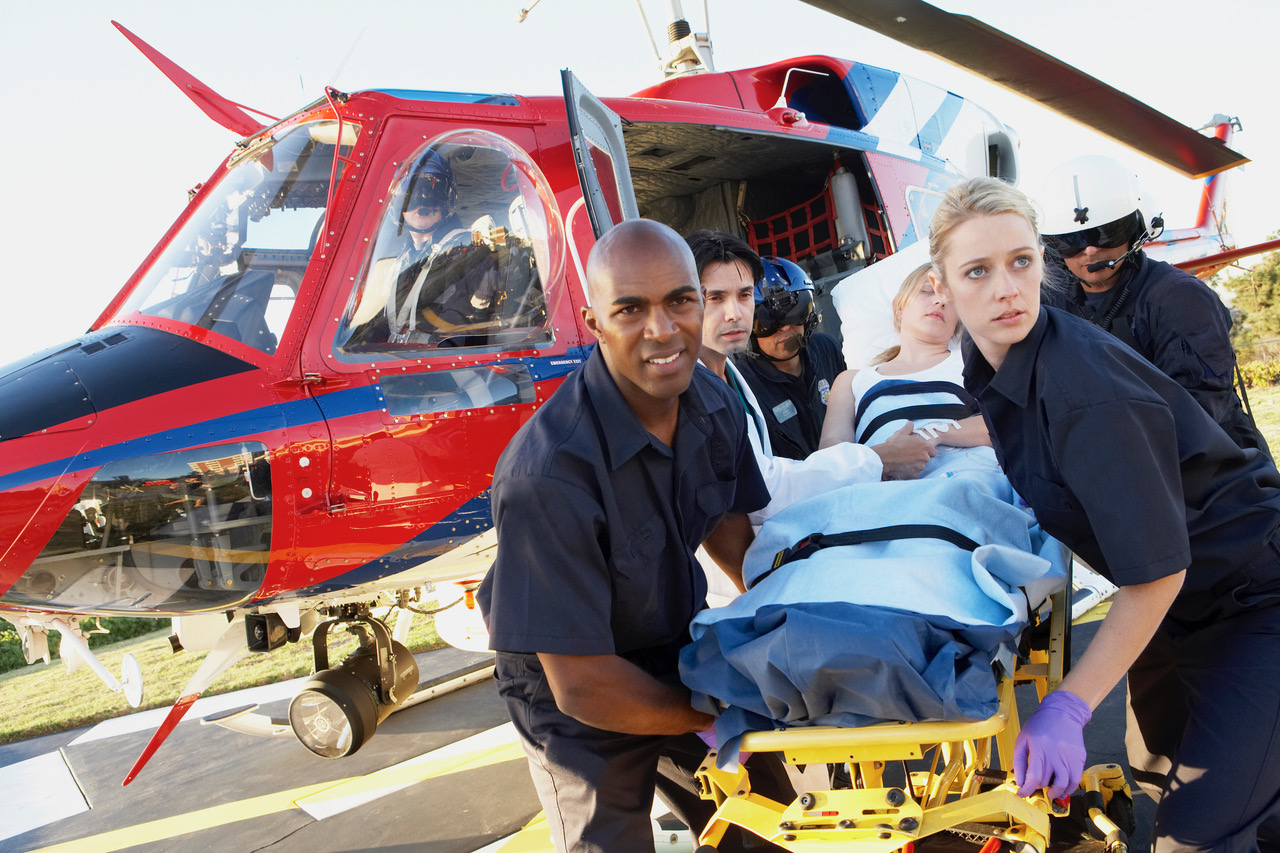Protecting Lives in US Offshore Wind
Up and down the East Coast, offshore wind projects are being driven to realize the goal of creating 30 gigawatts of US offshore wind power by 2030. Ensuring this growth requires organizations to increase workforces by the thousands. As windfarms are more often (by necessity) located in remote and hazardous locations, organizations will need to keep their newly expanded workforce safe, healthy, and protected.

Therefore, offshore wind projects need to ensure that the best quality medical, safety, and technical services are in place. From the initial phases of construction to turbines becoming fully operational, medical service providers should be experienced in responding to the unique safety challenges of offshore windfarms. Any chosen medical service provider has to deliver robust clinical support, and deploy specialist onsite medical professionals with the right resources, skills, and experience to effectively treat patients in an emergency. This is especially important when a worksite is many miles from the nearest healthcare facility.
Things for offshore operators to consider when sourcing a partner are:
Preparation is everything
Firstly, organizations should commit to pre-screening employees before they take up post at offshore job sites, thereby saving themselves from potential future operational disruption. If offshore workers deploy with pre-existing illness, injury, or other health risk factors, this can lead to increased risks for themselves and their teams. All of this has the potential to cause delays in operations due to sudden sickness or injury.

When it comes to standardization for pre-screening for offshore environments, the US is less developed than other parts of the world. Medical service providers can support wind projects by delivering the benchmark standard of pre-screenings from the UK, such as Offshore Energies United Kingdom (OEUK) medical exams. These industry-standard medicals ensure that personnel are medically fit to work in the environment. They are performed by trained and certified doctors who understand the offshore environment and remote and occupational medicine.
Bespoke medical facilities
Each wind project needs to carefully assess how its medical support services should be tailored to reflect the physical demands of the site. Often, it is beneficial for medical facilities to be integrated into a site, either temporarily or permanently. Integration ensures care for both occupational and non-occupational injuries and illnesses, together with around-the-clock services, such as telemedicine support and case management. This also limits the number of cases that require referral for further off-site medical care, which saves time and resources, and reduces personnel downtime.
Offshore operators should consider a clinic on supporting vessels as essential: the cost-benefit of preventing operational delays due to workforce health issues far outweighs the set up and staffing costs. A clinic is far more than a medic with a first aid kit — it’s a facility that can handle advanced procedures onsite, as well as a broader provision of care.
Onsite health practitioners also play a vital role in providing education and encouragement for the adoption of healthy lifestyle habits among workers, to reduce the risk of injuries and illness. By interacting regularly and building trusted relationships with the offshore workers, onsite medics become highly-valued members of the team, ensuring that, when injuries or illnesses do occur, workers feel valued and readily seek medical support.

Enabling this swift communication and response is essential to prevent some of the potentially life-threatening injuries sustained on offshore windfarms. In emergency settings, health practitioners need to be able to adequately convey their physical findings and observations of a patient encounter, in order to ensure good patient care and reduce lost time due to injury or illness.
Windfarm health care practitioners
When working offshore, due to both the remoteness and potential for adverse weather conditions, healthcare providers must be prepared to care for an injured or ill worker for an extended period of time, not to mention in a difficult and/or unstable environment. For example, if a worker requires medical attention on a turbine, moving them to a clinic to administer care may not be possible. This is where the onsite medical teams have the skills and the experience to reach and treat the injured or ill worker wherever they are located.
While offshore wind companies require every worker to complete basic first aid training, this only equips workers to render basic stabilizing care for a handful of life and limb threatening emergencies. Trained onsite medical providers will have far greater levels of training and experience, including Global Wind Organisation training, which includes climbing inside wind turbines. This additional experience allows them to deliver a higher level of care in both emergent and non-emergent situations.
In order for any project to be successful during the rapid scale up of wind energy delivery, these are all vital skills, facilities, and services that companies must consider when it comes to hiring medical services.
Chris Murff is Vice President of Global Sales for RMI, an independent, non-partisan, nonprofit organization of experts across disciplines working to accelerate the clean energy transition and improve lives.
RMI | rmiglobalsolutions.com
Author: Chris Murff
Volume: 2022 May/June








